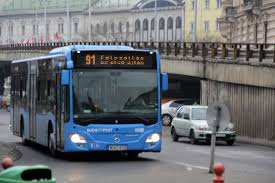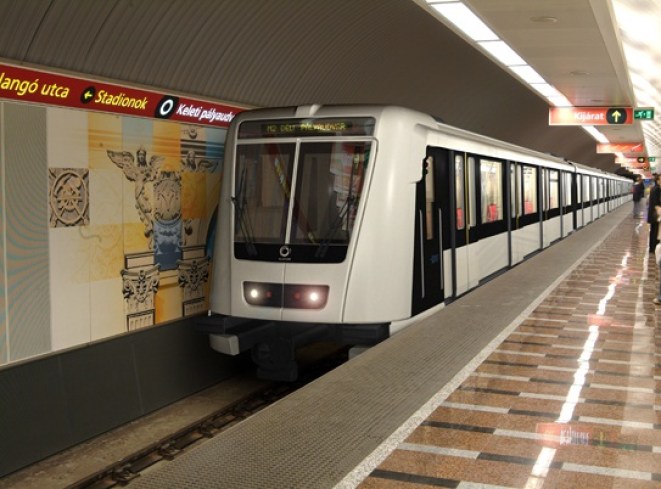How to transport yourself in Budapest..
- By Bus
The majority of people in Budapest using mass transit travel by bus. There are over 200 routes, and express buses with red number signs serve the busiest routes in the city. They travel along the same route as the regular buses with black number signs, but make fewer stops. Buses are also prevalent in the Buda Hills.

- By Metro
Subway (Metro) – Budapest has three subway lines and the fourth one, Metro 4, is currently under construction.
M1 or Millennuim Unederground (yellow line) – runs under Andrássy Avenue in Pest, between Vörösmarty tér and Mexikói út
M2 (red line) – runs east west, between Déli pályaudvar and Örs vezér tere
M3 (blue line) – runs north south in Pest, between Újpest-Központ and Kőbánya-Kispest
M4 – runs between Kelenföldi pályaudvar and Keleti pályaudvar
The main junction where all three subway lines meet is at Deák Ferenc tér in the city center.

- Yellow street cars
Budapest has a vast system of streetcars. Here are some useful routes:
No. 2 – runs along the Pest riverfront connecting Margit hid and Petőfi hid
No. 4 – runs on the Grand Boulevard connecting Széll Kálmán tér (formerly Moszkva tér) and Október 23. utca
No. 6 – runs also on the Grand Boulevard connecting Széll Kálmán tér and Móricz Zsigmond körtér in Buda
No. 19 – runs along the Buda riverfront connecting Batthyány tér and Gellért tér and continues on to Kelenföld
No. 49 – runs between Buda and Pest connecting Kelenföldi Pályaudvar in Buda and Deák tér in Pest

- By Taxi
Taxis can be fast and cheap in the city, especially late at night when there is limited public transportation. Taxis can be hailed on the street, but it is cheaper to call ahead of time. Residents in Budapest rarely flag down taxis in the street and our advice is to always call one of the recommended companies.
According to a new taxi regulation passed by the Municipality of Budapest on September 1st 2013, all licensed taxi drivers must adhere to a new fare structure and charge the same price.
Base fare: HUF 450
Price per minute: HUF 70
Price per kilometer: HUF 280
The following are the phone numbers of reliable taxi firms charging fair rates, not ‘tourist tariffs’ (operators are English-speaking).

- By Car
Driving in Hungary is on the same side of the road as in North America. Traffic jams are frequent and parking can be challenging, as it is often hard to find a spot. If you do succeed and find space, parking must be paid for between the hours of 8am – 6pm Monday to Friday. (Parking is free on Saturdays and Sundays.) Tickets must be purchased from the nearest parking meter.
Hungary requires international driver’s permits (IDP) issued by the American Automobile Association (AAA) and the American Automobile Touring Alliance in conjunction with a state driver’s license. American driver’s licenses will be accepted in Hungary for one year after arrival provided that a certified Hungarian translation has been attached to the license. Those with IDPs do not need to have the license translated, but must present both IDP and state driver’s license together.
Netherlands by car.

